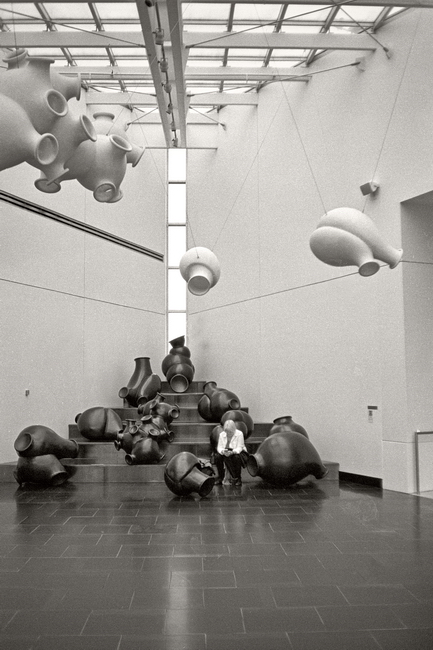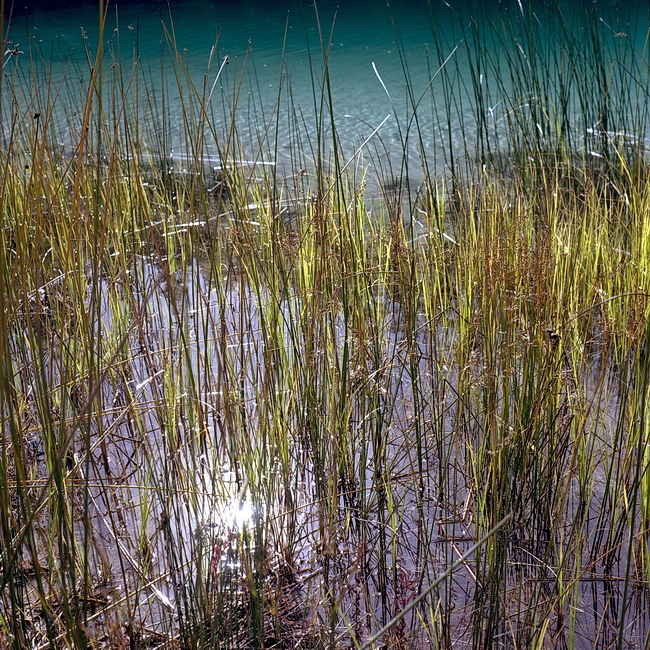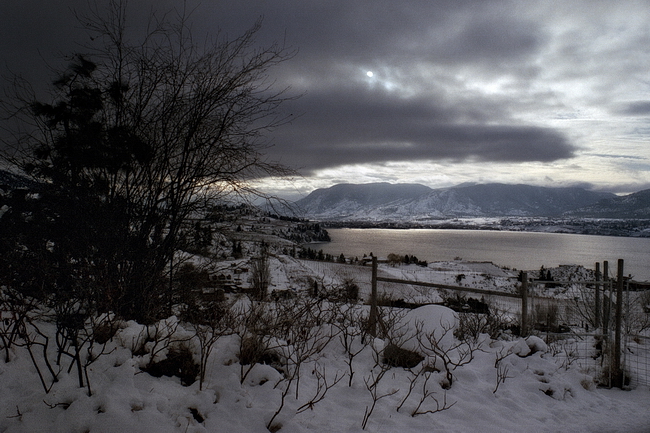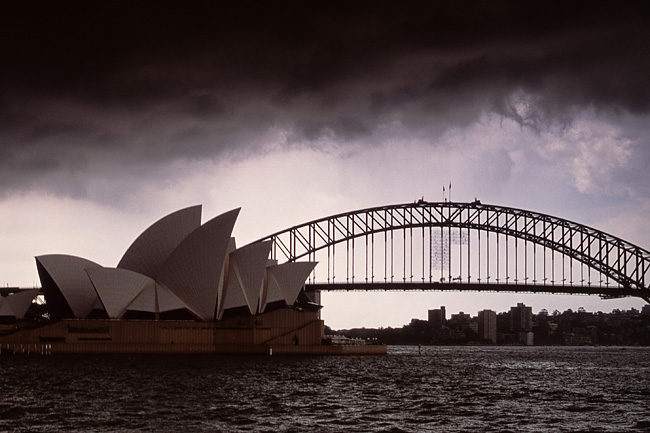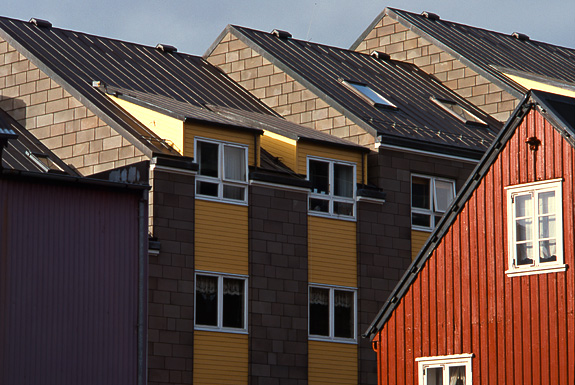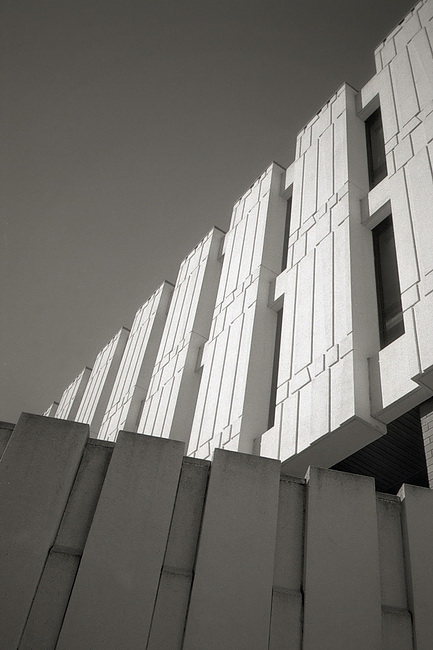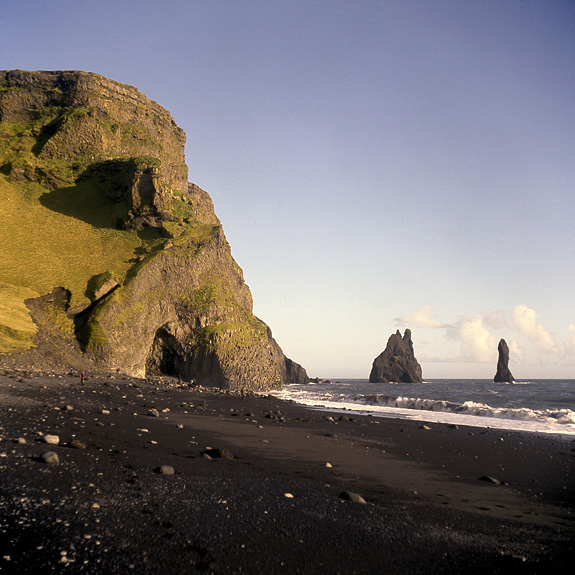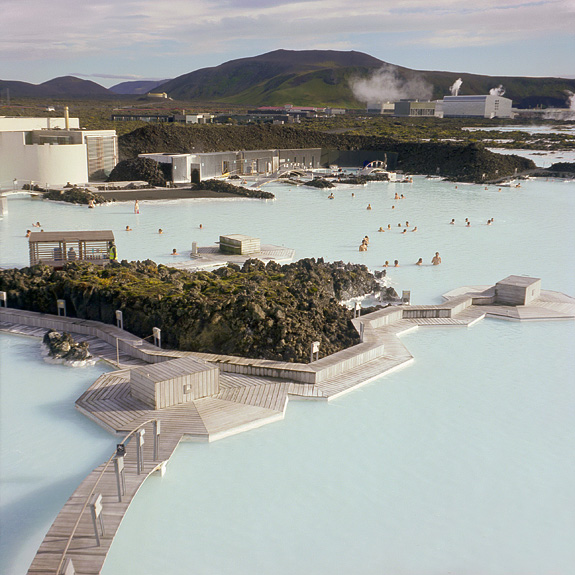 When I was a kid, our family camera was a Brownie Starmeter. Mom and dad weren’t exactly avid photographers, so most of the time the camera remained stuffed away in a drawer, emerging only at Christmas or for birthdays. That particular camera is long lost. However, I recently chanced upon the same model at our local Value Village and snapped it up in a burst of sentimentality.
When I was a kid, our family camera was a Brownie Starmeter. Mom and dad weren’t exactly avid photographers, so most of the time the camera remained stuffed away in a drawer, emerging only at Christmas or for birthdays. That particular camera is long lost. However, I recently chanced upon the same model at our local Value Village and snapped it up in a burst of sentimentality.
The Starmeter was one of a whole lineup of Brownie “Star” cameras, made in the late 1950s through to the mid-1960s. (Others included the Starflash, Starlet, Starmatic, etc.) According to the Kodak web site, the Starmeter was in production from 1960 to 1965 and had a list price of $20, which placed it near the upper end of the Starwhatever range. Interestingly, the camera I have appears to have actually been made here in Canada. Think about that for a moment. In this era of made-in-China everything, can you even imagine what kind of alternate universe existed back then to make domestic camera production viable?
Alas, I noticed after I got the camera home that the Starmeter takes 127 format film. My first thought was, damn — I just bought a display piece. I really try to avoid cameras that I can’t actually load film into and use. However, to my amazement, I discovered that a local camera store (Camera Traders) had 127 in stock.
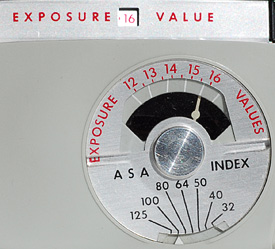
The Starmeter includes a selenium-cell light meter. Once the ASA dial is set you simply match the Exposure Value dial to the meter reading.
The Starmeter’s big claim to fame was an “electric eye” that “measures the light.” Okay, so it was just the same selenium cell found on millions of other cameras, but “electric eye” certainly sounds more evocative. That feature is arguably more impressive than the lens, which is simply a plastic 3-element, 44mm, fixed-focus, f/8 optic.
The camera is essentially a point-and-shoot, but you do have some modest control over the exposure. Once you load in the film and set the ISO (ASA) dial, you read the exposure value indicated by the top-mounted meter and transfer this to the exposure value dial and make your shot. The camera appears to have a fixed shutter speed — adjusting the dial merely changes the effective aperture of the lens. And though its EV range of 12 to 16 might sound limiting, it does cover most daylight conditions (from overcast to bright sunlight), which is really what this camera is built for. The Starmeter kit does include a “Supermite” flash unit, but once my limited supply of flash bulbs is gone, it will be strictly a daylight camera.
If the shutter really is a single-speed (1/30 sec.) unit as I suspect, that means that when you switch from an EV of 12 to 16, you’re adjusting the aperture from f/8 to f/32, in 1-stop increments. The pictures I’ve taken bear this out. Those shot at f/8 (with the lens wide open) show the most blurring in the corners of the frame, while those taken at f/32 have an almost self-luminous appearance, indicative of diffraction effects from stopping the lens down to quasi pin-hole dimensions. Neither effect is especially dramatic and some will even find them attractive. If Lomography is your thing, this Brownie might be worth looking into. However, it’s worth noting that the Starmeter doesn’t allow for double exposures. This is either good or bad, depending on your artistic inclinations.
So how are the pictures? Keeping in mind that low expectations are the key to happiness, I have to say that I was pleasantly surprised by the results. Sure, you’re not going to replace your Hasselblad with a Starmeter, but for a little plastic camera, it really does produce decent results, as the images presented below demonstrate. Of course, some of this is a result of the extremely forgiving exposure latitude of black-and-white print film, but the density of the negatives I shot appear fine. And it certainly doesn’t hurt that minimal enlargement is needed to get decent images out of the 4cm-by-4cm (1½-inch square) 127-format negs.
Picture quality aside, what really makes the Starmeter a favourite is the fun factor. It’s only one step above being the most basic of snapshooters. The camera is super lightweight, compact, and really a joy to use. Add to that the sentimental kick I get from it, and I’d say it was $20 well spent.
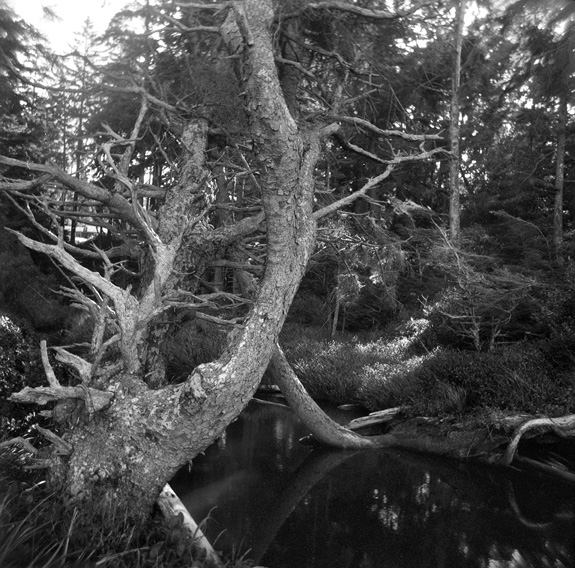
This shot from French Beach Provincial Park was taken with the lens fully open. Note the softness of the image in the corners — an effect some find appealing.
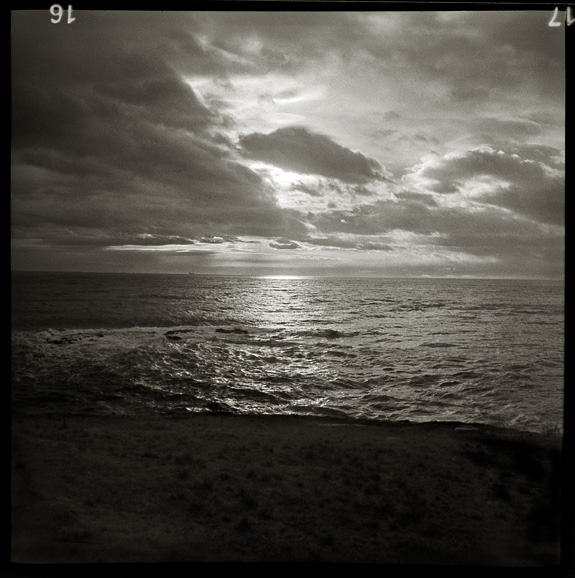
As this view from Tower Point Regional Park shows, under the right conditions, the Starmeter is capable of fine results despite its simplicity.
Did you find this article interesting or helpful? If so, consider using this link the next time you shop at Amazon.com. Better yet, bookmark it for future use. Thanks to Amazon’s associates program, doing so costs you nothing yet helps keep this site up and running. Thanks!
For more of my camera reviews, click here.

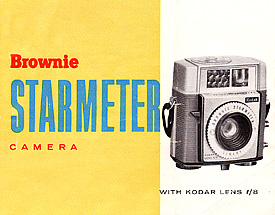
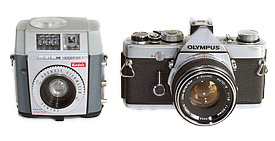
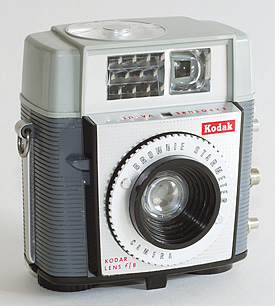
 Subscribe with RSS
Subscribe with RSS